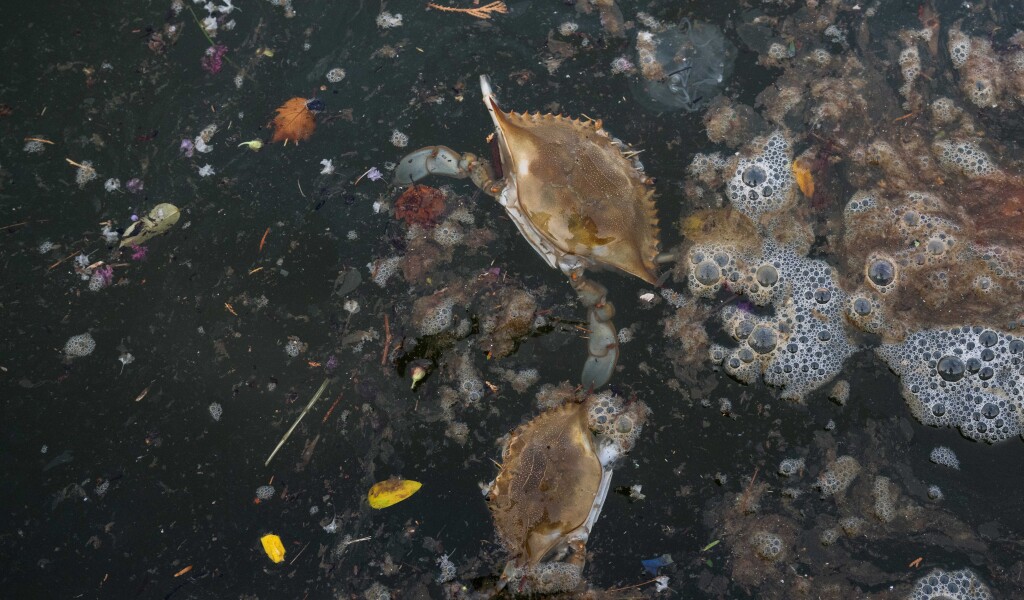A little over a month after the Key Bridge collapse in Baltimore, Maryland, National Fisherman caught up with two of the blue crab fishermen left in the area, Luke McFadden and CJ Canby. After the bridge collapsed, the press focused on covering the effects of damages, including the pollution that may have occurred in the waters within the lower Patapsco River and the outer parts of the Baltimore Harbor due to the possible contaminates that ended up in the water due to the crash.
Speaking with McFadden and Canby, they informed us of other significant impacts on the commercial fisheries in their area due to wastewater. This has led to substantial amounts of algal blooms in the Chesapeake, which has happened for years. Canby has been fishing for 23 seasons in the Upper Bay area, just south of Baltimore City. McFadden began working with Canby when he was about 12 years old and was mentored by him until he began fishing solo at 18, 10 seasons ago.
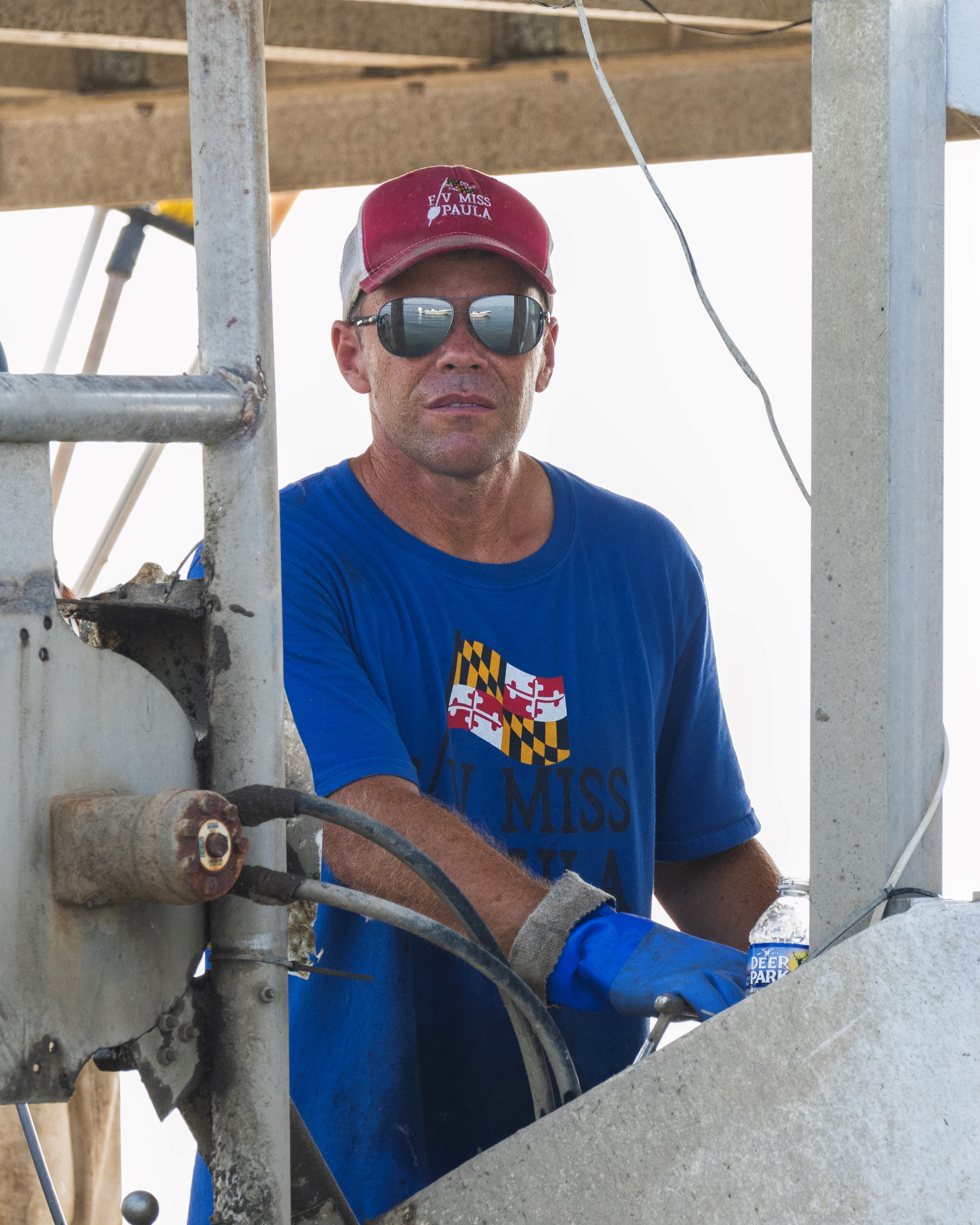
“The bridge collapse really turned the area upside down, and they have had some really excellent, hard-working contractors in here to clean everything up. We have done everything we can to help get information out there and help cover what has been happening here for some time,” McFadden shared.
“Recently, we have been in the media’s view due to this disaster, and we want to shed some light on issues that have been devastating the blue crab industry for a long time- the hundreds of millions of gallons of wastewater that’s caused significant damage to the surrounding ecosystems,” Canby added.
The scale of the wastewater problem is staggering. Two major sewage treatment plants, the Patapsco Wastewater Treatment Plant and the Back River Plant, treat a combined 195 million gallons of water daily. In total, 66 major wastewater treatment plants discharge into the bay, with five located within the bay area, directly impacting the species living in that region of water. This massive volume of wastewater is causing significant damage to the surrounding ecosystems, as Canby, McFadden, and other commercial blue crabbers can attest.
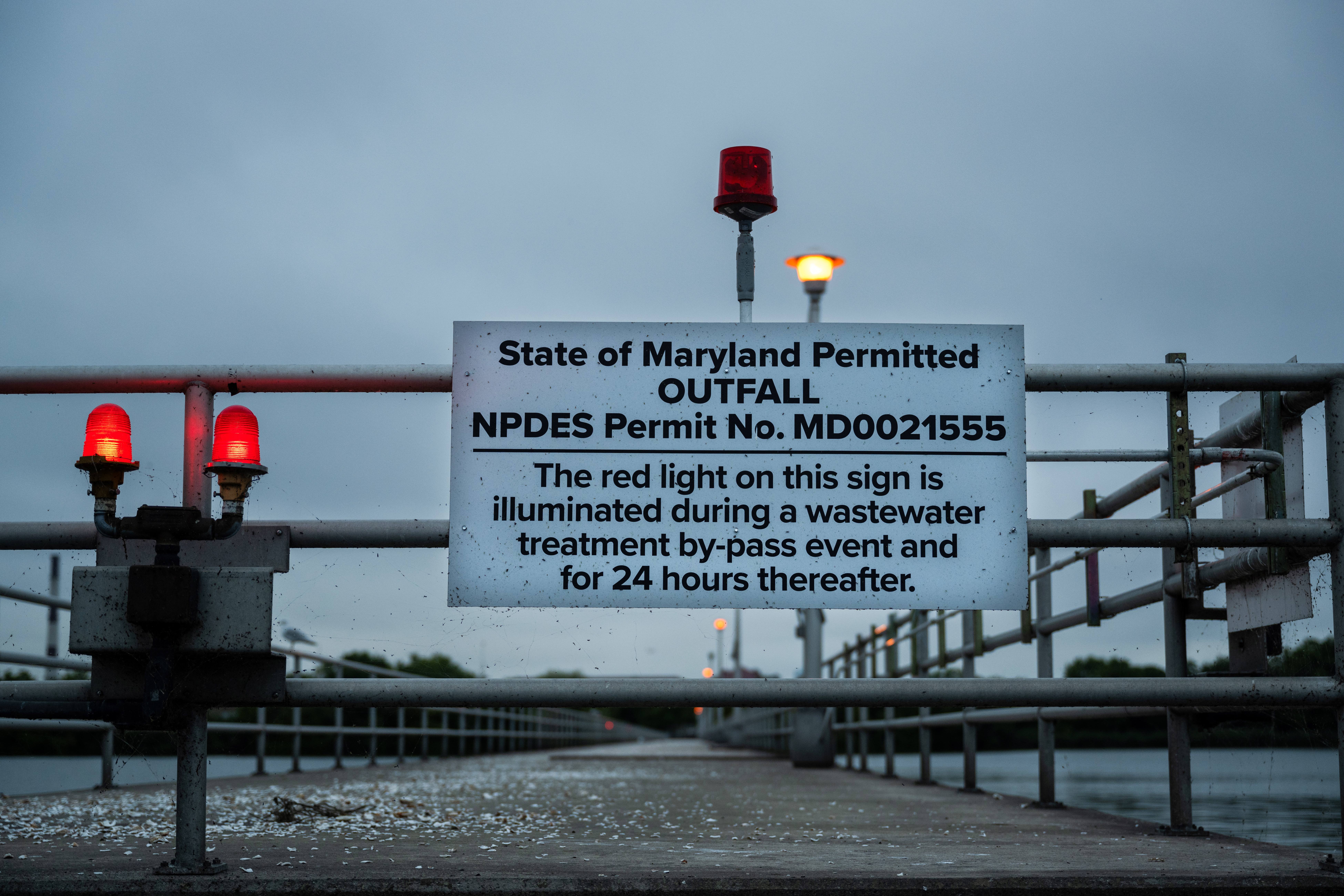
The Chesapeake Bay is known for its rich ecosystem and vital role in Maryland's economy, but it’s faced a multifaceted crisis that has threatened its marine life and the livelihoods of local fishermen. The heart of the issues that Canby and McFadden mentioned was wastewater management, but other concerns also showed environmental regulation and the fishing industry's sustainability within the Chesapeake.
The two crabbers and fellow fishermen navigate these waters just south of the Conowingo Dam, a significant factor emphasizing their environmental concerns: "The dam is the overarching issue," McFadden shared. "It exacerbates all the problems we already experience because of wastewater." He described outdated wastewater treatment systems in Baltimore City, which he claimed were neglected for years, which has caused untreated or partially treated wastewater to flow into the bay during heavy rains. "They're basically just bleaching the wastewater, chlorinating it halfway before discharging," McFadden shared.
The consequences of poor management have been dire. High nitrogen levels from wastewater fuel algae blooms, creating dead zones where oxygen levels plummet, making vast stretches of water uninhabitable for marine life. "Nothing's going to thrive unless the water quality is there to support it," McFadden stated. He pointed out that fishermen often unfairly bear the blame for declining crab and fish populations when environmental factors play a pivotal role.
Underlying financial concerns have prevented the problem from being solved. McFadden mentioned conflicting explanations he's heard, "They’ve turned a blind eye because they don't want to invest in solving the problem," highlighting the financial and regulatory hurdles the management of the treatment facilities face.
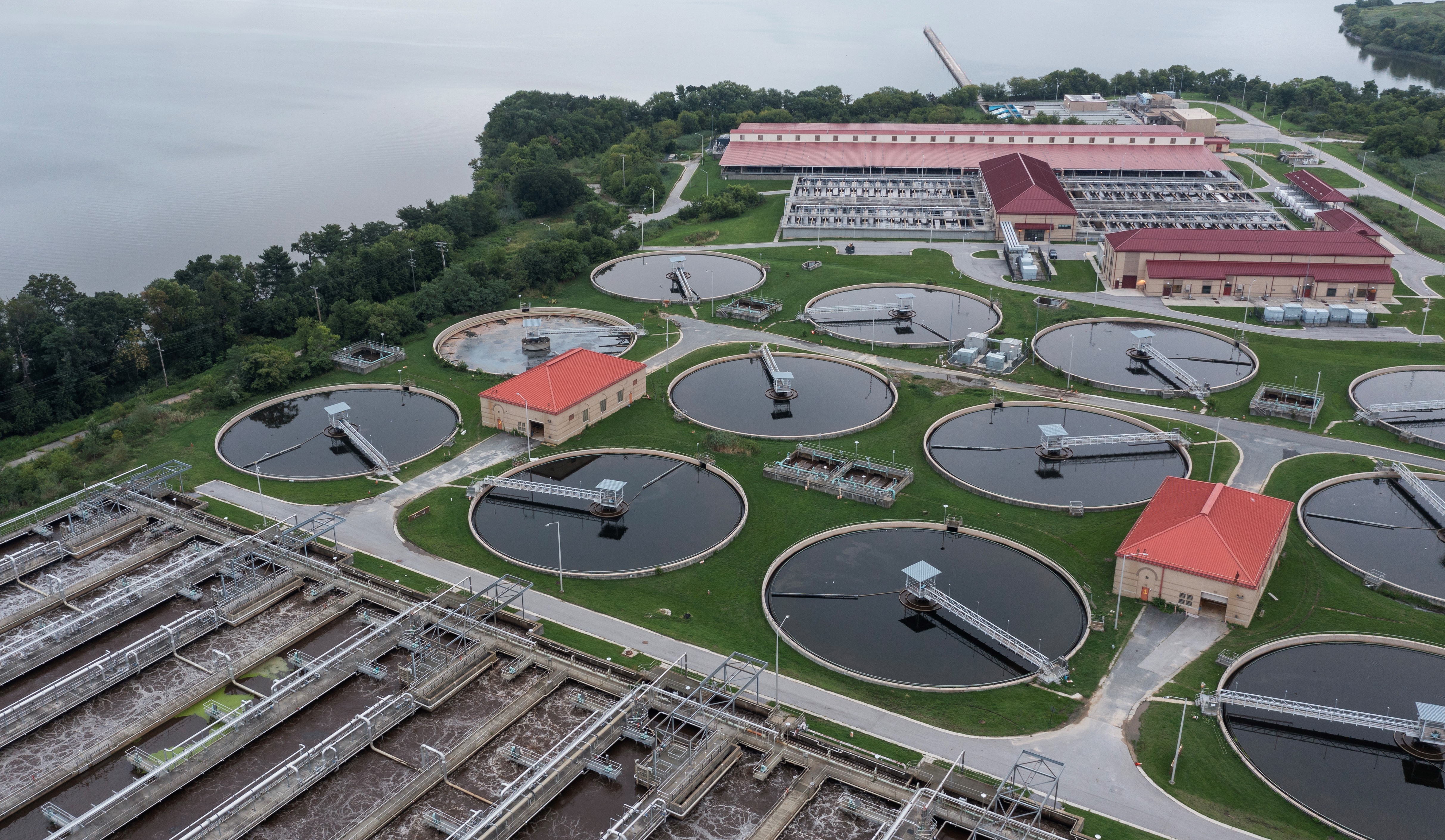
Canby reflected on the environmental impacts and shared insights on the Bay's resilience. "We went from... 13 [salinity levels] last summer... to one part per thousand last week," he recalled, emphasizing the impacts of climate variations on marine life and the livelihoods of the blue crabbers left.
In addition to the water quality issue, Canby and McFadden emphasized the lack of a unified voice among Maryland watermen, “There is a severe lack of effective advocacy and support from large organizations dedicated to the blue crab industry. I try to use platforms such as social media to advocate for issues like wastewater, and I hope it helps get these issues heard by the public,” McFadden shared.
“We must fight for sustainable fishing practices and cleaner waters in our area because these changes have needed to happen,” Canby followed. As the two contemplate the future of the blue crab fishery, they remain cautiously optimistic. "We're bringing light to this issue when we can," Canby shared, acknowledging the importance of unified, sustainable practice to ensure the future of Chesapeake Bay's watermen.
Aging of the fleet
Canby underscored another critical issue: the decline in full-time watermen. Many are transitioning to other jobs as crabbing has become less sustainable year-round. "There are fewer watermen overall," he noted, "and really, they're getting older; there's going to be a mass exodus here in the next ten years."
The aging demographic among watermen is a looming crisis across all U.S. coasts, often called the graying of the fleet. "Many guys are in their late 50s, early 60s... they're just not going to be able to keep going," Canby remarked. This demographic shift not only threatens the continuity of commercial fishing but also impacts the cultural heritage tied to Chesapeake Bay.
The conversation turned to the broader impacts on the local fishing community. McFadden revealed that only a handful remain in Pasadena, a town once bustling with fishermen. "There’re maybe eight or nine of us left," he said. Economic pressures, stringent regulations, and the continued diminishing water quality have forced people to leave the fishing industry.
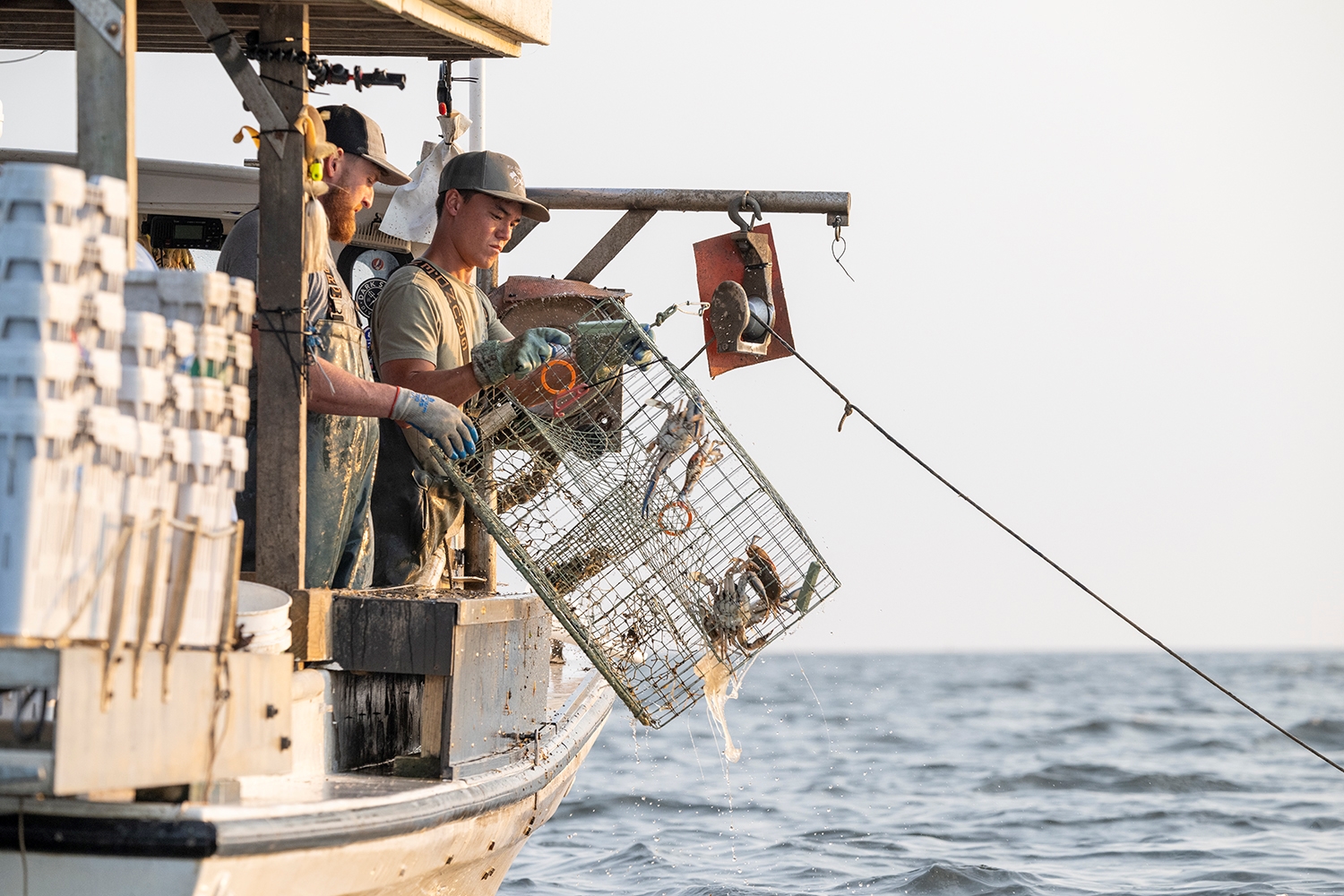
Reflecting on the future, much like Canby, McFadden harped on the concern about the sustainability of their way of life. "It's becoming so hard to continue to go blue crabbing because of regulation and water quality," he shared. However, despite the challenges, he remains hopeful and continues to praise the resilience of Maryland's blue crab population under unfavorable conditions.
“We may like what we do and remain optimistic about the fishery, but we need genuine support from policymakers and environmental organizations,” Canby stated. “Nothing will change unless we come together to address these issues, and I hope we can.”





